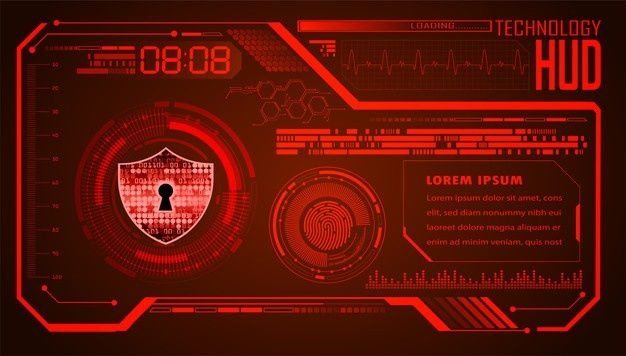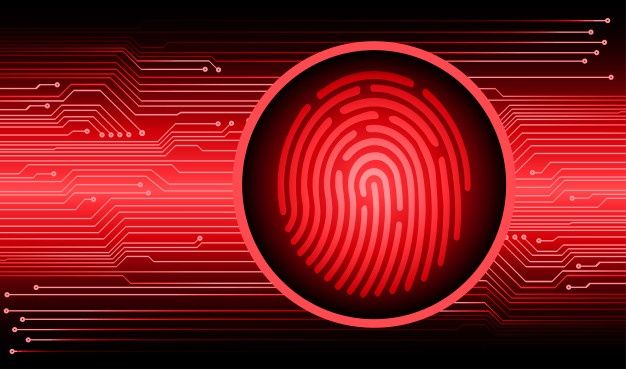
Think Before You Click
Aight, listen up, fam. If there’s one main character vibe in cybersecurity, it’s this: Stop. Clicking. Random. Stuff.
Seriously. It sounds simple, but y’all know the tea: that one careless click on a sketch link or attachment is how cyber-villains ghost past all the expensive, big-brain security tech. Why? Because the fanciest firewall can’t save you from being clown-shoed by your own panic, curiosity, or just, like, basic trust.
These hackers? They’re masters of the social engineering glow-up, and their main tool is the phishing attack. Big yikes.

Phishing is basically when a scammer cosplays as a legit person or company to trick you into dropping your deets—passwords, card numbers, your whole vibe.
Back in the day, the scams were pure cringe: those badly written “Nigerian Prince” emails. Now? Things are terrifiying different. Attackers are using advanced tools, even Artificial Intelligence (AI), to craft scams that are seriously flawless. It’s giving deepfake energy, but for your inbox.
And it’s not just email anymore. Phishing has leveled up:
- Spear Phishing: Super targeted emails, often impersonating your manager, your professor, or your bestie. They know your whole flex.
- Smishing: Scam texts. That “Your delivery is delayed. Click here to reschedule” text? A major red flag.
- Vishing: Scam calls where they fake a legit number and pretend to be your bank or the government. Don’t fall for the cap.
Time to stop the chaos and start being sus. Before you tap that link in any message, run it through this quick check. Be a Cybersecurity Main Character.
Don’t just look at the cute display name (“Netflix Support”). You gotta check the actual email address.
- Sus Alert: Does it say
@gmail.comwhen it should be@netflix.com? That’s a nope. - Micro-Scam Check: Look for messy typos like
@welsfargo.net. This is where the scammer’s plot falls apart.
Hackers thrive on making you panic so you act without thinking. It’s called being manipulative.
- Classic Cap: “Immediate action required,” “Your account will be suspended in 5 minutes,” “You’re a winner!”
- Keep It Real: Legit security issues rarely require an instantaneous click from an email. If you’re stressed, close the message and go log into the official website yourself (type the address, don’t follow links). Period.
This is the ultimate hack on your laptop. Before you click a link:
- Hover your mouse over it.
- The real web address will pop up in the corner of your screen.
- If the link says “apple.com” but the preview shows “malicious-site.co,” abort mission. That site is not it.
Never open a file you weren’t expecting. This is how they drop malware and ransomware on your system.
- Verify, Always: If your coworker sends a random PDF, text them separately (don’t just hit Reply in the shady email!) and ask, “Yo, did you just send me that file?” Takes two seconds, saves the whole company.
- Be Wise to File Types: Be extra sus of compressed files (like .zip) or programs (like .exe). They usually carry bad news.

real company will never ask you to email them your password, SSN, or other private info. They’re already secure. If they ask? It’s a scam. That’s the rule.
Your brain is the best security app you have. By making the “Think Before You Click” rule your entire personality, you’re basically telling the hackers, “I’m not the one.”

